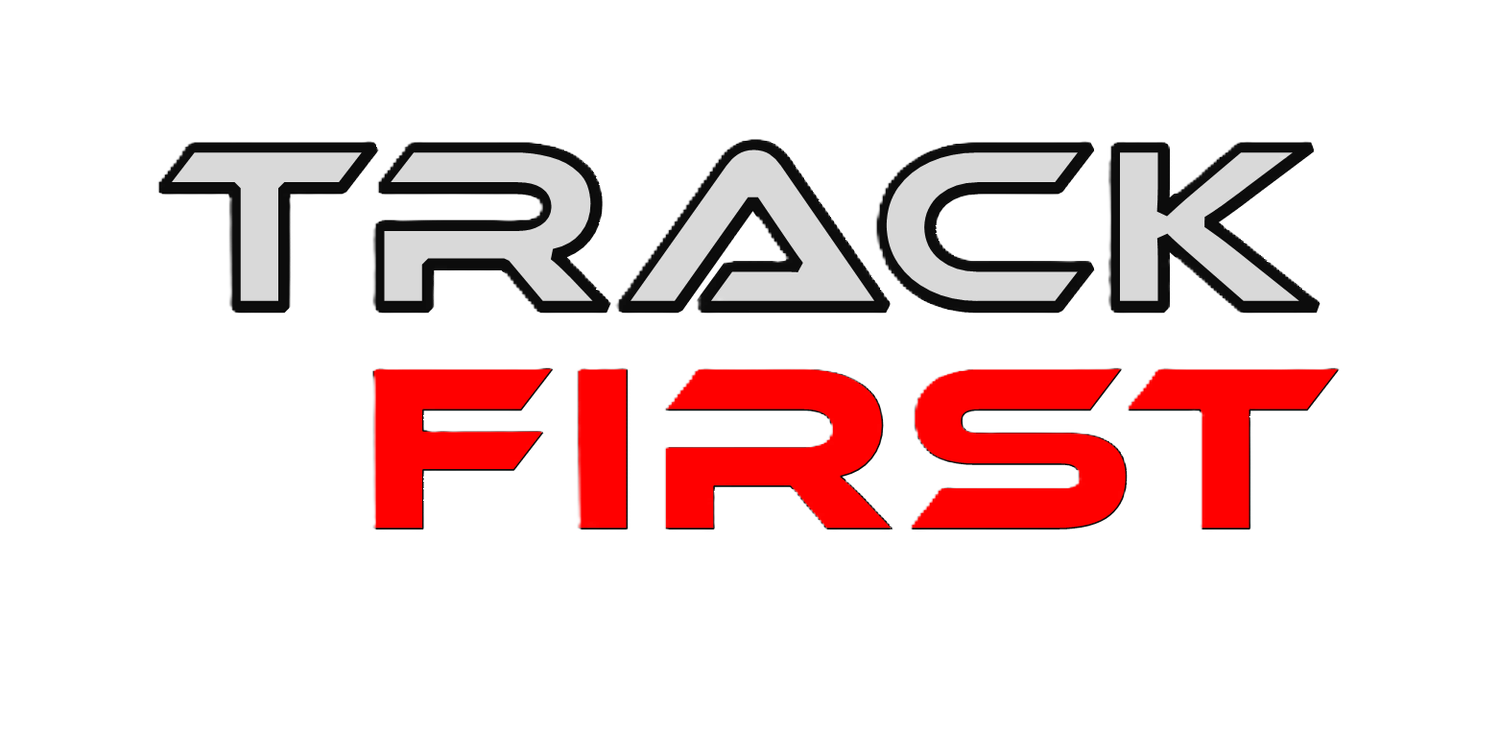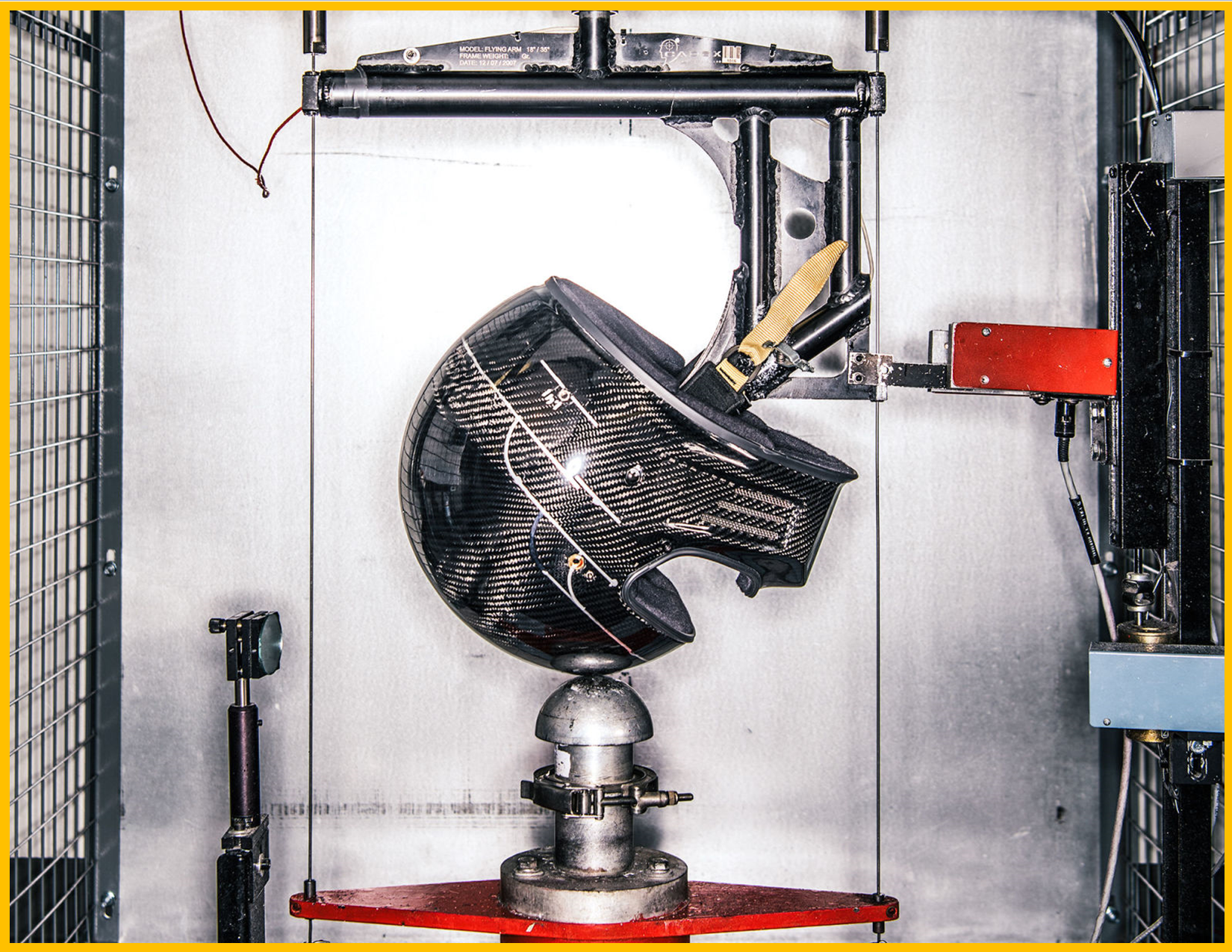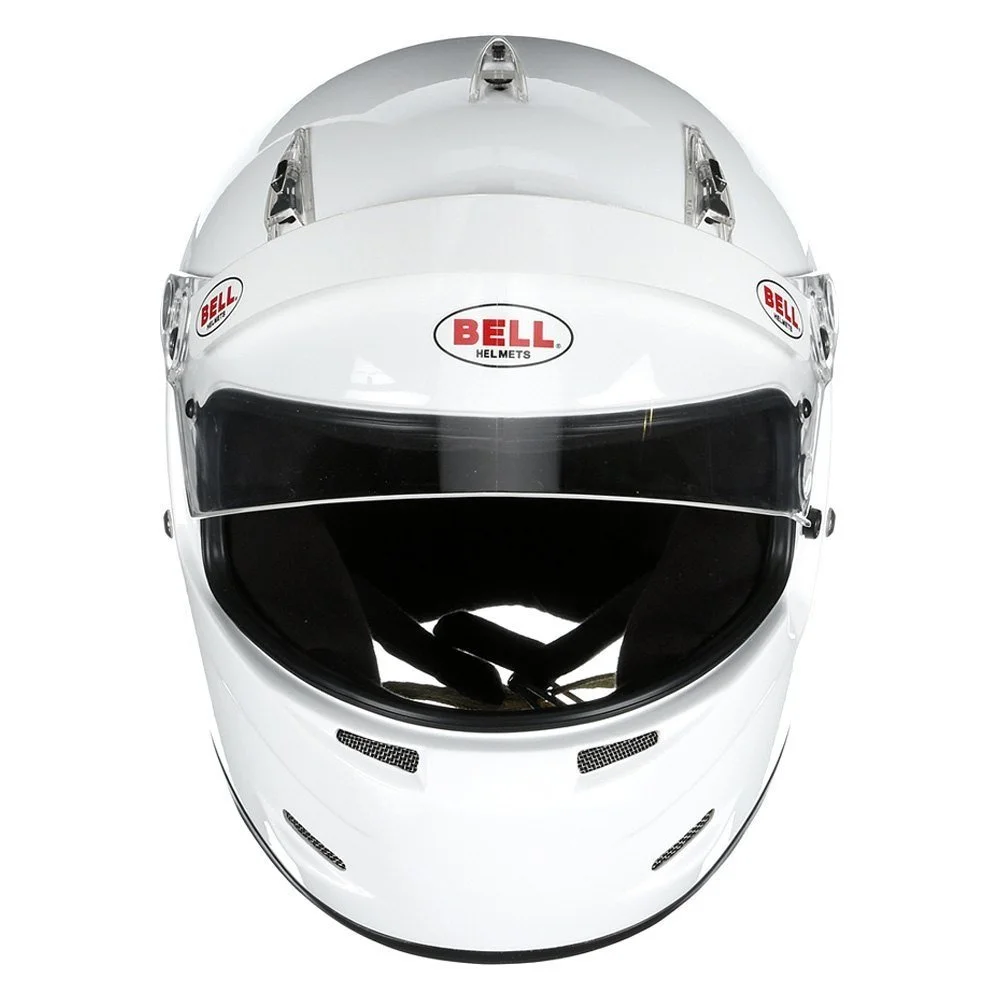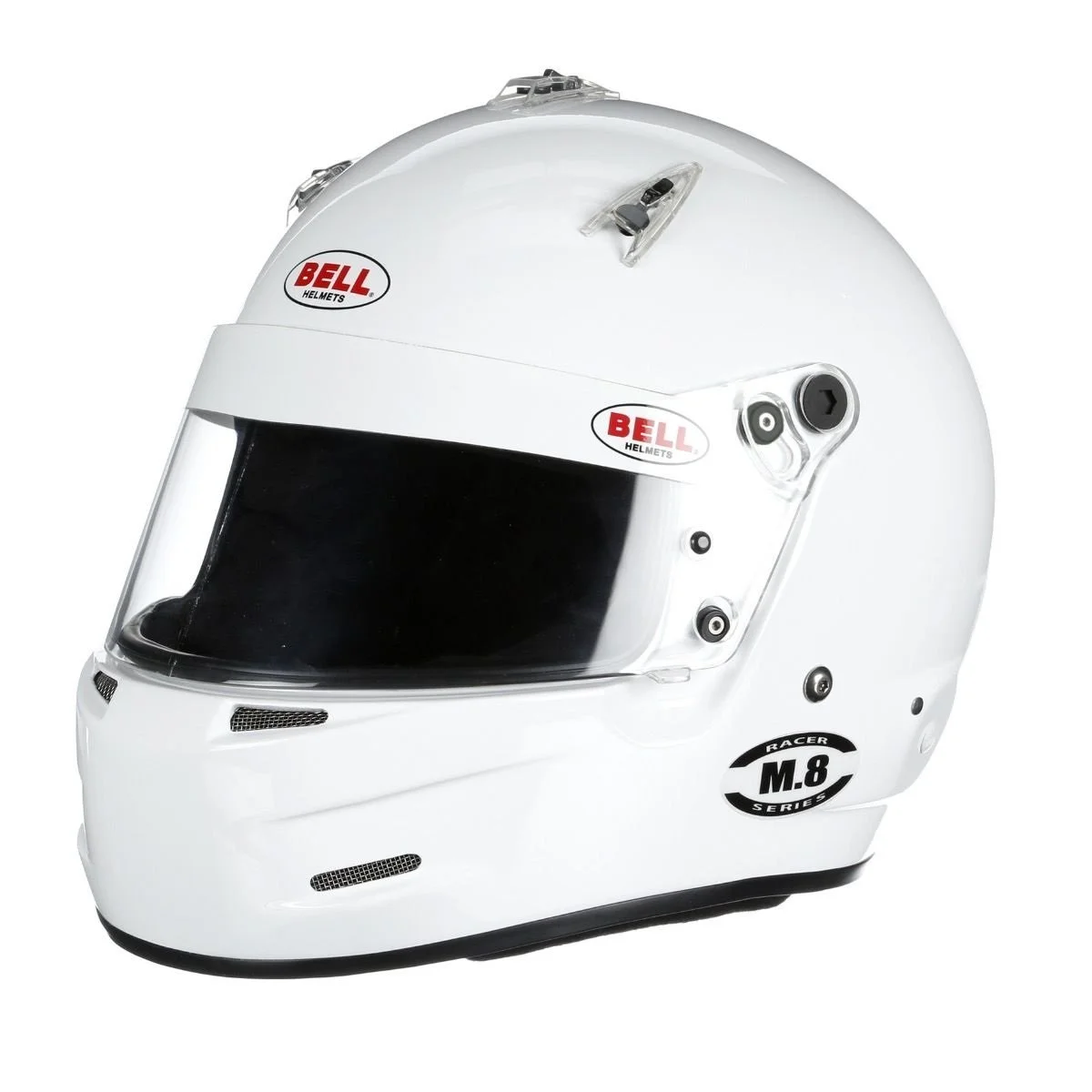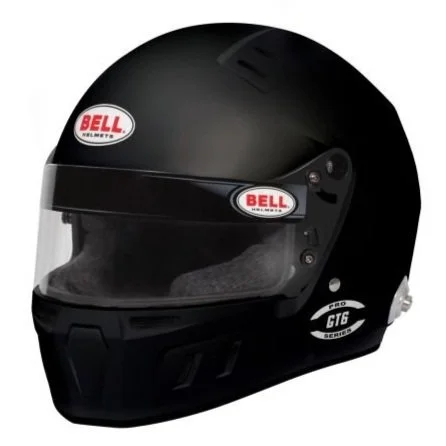the auto RACING helmet - what you need to know
know THE basics
Autosport helmets are NOT the same as motorcycle or karting designated helmets. The auto sport helmet is fire-retardant and tested to survive the worse rigors & impacts associated with road racing and/or high performance driving.
Autosport helmets, in general, are accepted at all motorsport events - but not the other way around. Motorcycle, and karting helmets may be accepted at low speed events such as autocross or indoor karting. They are NOT accepted for events held on road courses, drag strips (or similar.) This restriction does includes HPDE/DE programs. Snell K regulates karting helmets. Snell M regulates motorcycle helmets.
CHECK, your groups rules & regulations - early. Preferably when your register for the event(s)
THE basics
You will need a helmet. If you want to borrow or rent, act early since there are very limited options at the track.
Check you event’s regulations.
For HPDE events, It is now highly unlikely that anything but a certified fire-retardant auto helmet will be accepted, and not allow motorcycle or karting helmets. This will include Snell SA and FIA 8859, FIA 8860 certified helmets.
Helmets are classed as open-face or full-face. Some groups do not allow open-faced helmets, especially for road tracks.
what is the snell and the fia certification
Snell Foundation: The SNELL foundation is a non-profit organization that issues safety standards for helmets. The SNELL SA (Special Application) standard is specifically for auto racing. Snell SA is widely used and accepted in the USA. SNELL M is the standard for motorcycles. SNELL K is for karting helmets.
NOTE: Every five years SNELL introduces a new standard which manufacturers must comply with. They do this to keep the helmets criterion current with the latest helmet technologies, innovations, safety demands and materials. Most amateur track groups and racing series allow helmets which have the current tags or the previous homologation tags. For example, when the SA2025 tagged helmets arrive (Oct 1 2025) SA2020 helmets will be accepted, but not SA2015 helmets.
FIA (Fédération Internationale de l'Automobile): The FIA sets international safety standards for racing helmets, such as the FIA 8859-2015 standard and now the recently introduce FIA 8859-2024. FIA helmets are accepted in the US, but only mandated if you are racing in an international FIA sanctioned racing series such as IMSA.
Note: All SA2025 helmets are now mandated to comply with the FIA 8859-2024 homologation.
NOTE: new FIA helmets standards (unlike Snell) are not introduced every five years. The FIA introduces new homologations when they judge circumstances, technology & safety issues warrant an update.
FIA tagged helmets (& many helmets are dual tagged) should be acknowledged as a worthy and practical alternative to Snell rated helmets since they are not subject to the five year constraints. However, some track inspectors are only trained to look for the Snell tags and question a FIA tag - you should arrive informed.
Auto helmets and their visors are rigorously tested by the these organizations for strength, fire-retardancy, sizing, comfort, impact resistance, durability and more.
Snell SA2025 will be introduced in October 1 2025
We know, from previous experience, that the October 2025 arrival of SA2025 helmets can come with ETA issues. However, the various motorsports groups and track organizations have always accommodated any major disruptions by delaying their rules until the issues are resolved. We are not expecting any major supply issues for SA2025 although certain models could be delayed and some will be discontinued.
FOR YOUR FIRST HPDE EVENT we recommend you prioritize…
Fit, comfort, features, your car, budget - in this order…
FIT - an ill fitting helmet will be a distraction, and all distractions are a safety issue. You will suffer the loss of focus. And this will also affect your driving performance. Your helmet should have a ‘snug’ fitment. Your helmet should always move with you head.
COMFORT- comfort does increase as the price increases. Budget helmet shells are heavier. They use harder/heavier interior foams and lining fabric. A comfortable helmet will enhance your driving experience - and will not become a distraction.
FEATURES - We primarily recommend a larger than standard visor (shield.) For first-timers helmets feel claustrophobic, and the sensation is increased by the enclosed eye-port. A wider and larger eye-port helps, plus increases the drivers peripheral vision. Race drivers have their car’s set-up to reduce head movement, and keep their eyes on their markers. HPDE students need peripheral vision for increased ‘situational awareness’ .
YOUR CAR - certain car models have very congested interiors - in particular low roof lines. Helmets can add 2 inches to your height, hitting, rubbing (and damaging) the lining - also your helmet. There are brands, profiles and models that help - we cab advise.
Drivers with open cockpit cars can benefit from additional aerodynamic features such as duckbills (stop the helmet from lifting); the removal of exterior accessories (Stilo’s ‘naked’ range); a mold style that is closer to that of motorcycle helmets.
BUDGET - how it works. In this industry the more you pay the more additional features and advantages you will benefit from - including the all important weight factor (less) - along with increased comfort and strength.
ADDITIONAL FEATURES (include but not limited to) - exotic materials, aero, ventilation, built-in communication, anti-fogging visors, multiple visor tints, removable padding, softer padding, graphics, more precise sizing…
HELMET SERIES - most brands offer an introductory, pro and/or an advanced series. They will categorize their helmets into Composite or Carbon Fiber. For SA2020 Bell Racing has five series - Sport, Pro, Carbon, Advanced and Heritage. The pro and advance series are commonly dual FIA and Snell tagged.
REMEMBER - all motorsport helmets have been tested to meet a minimum safety criteria for their discipline. Your purchase of a less expensive helmet does not mean you have compromised your heads protection. However, your heads safety, protection and comfort will increase with the more you spend. AND since this is a major, mandated purchase which you could be with you for the next 10 years - we recommend you purchase carefully and maximize your budget - to get it right the first time.
